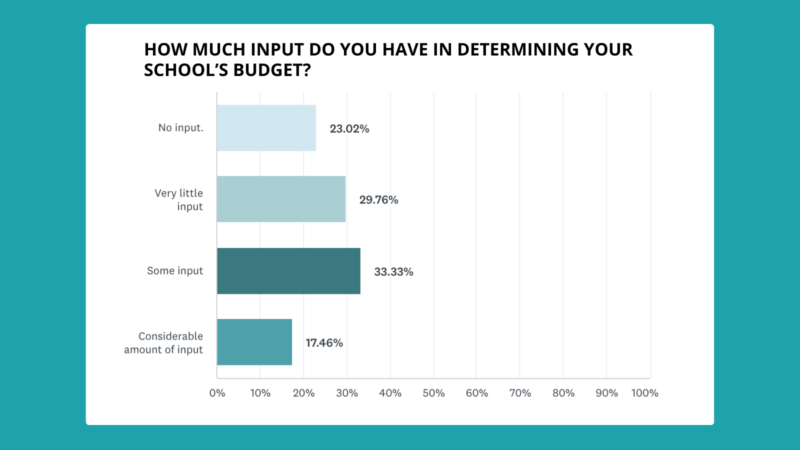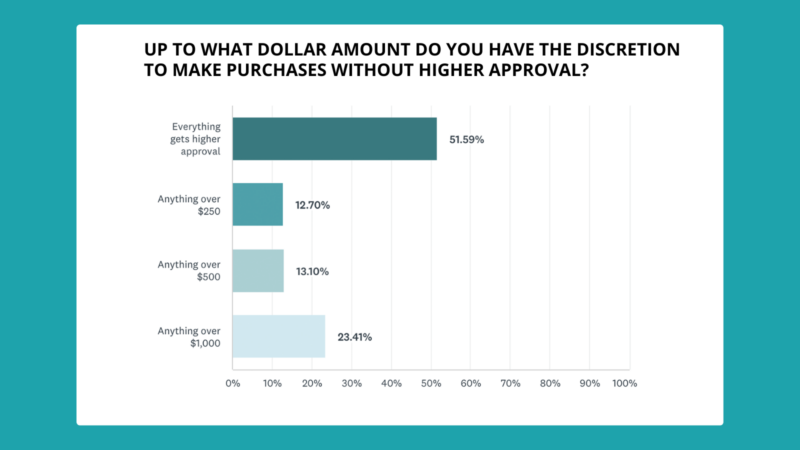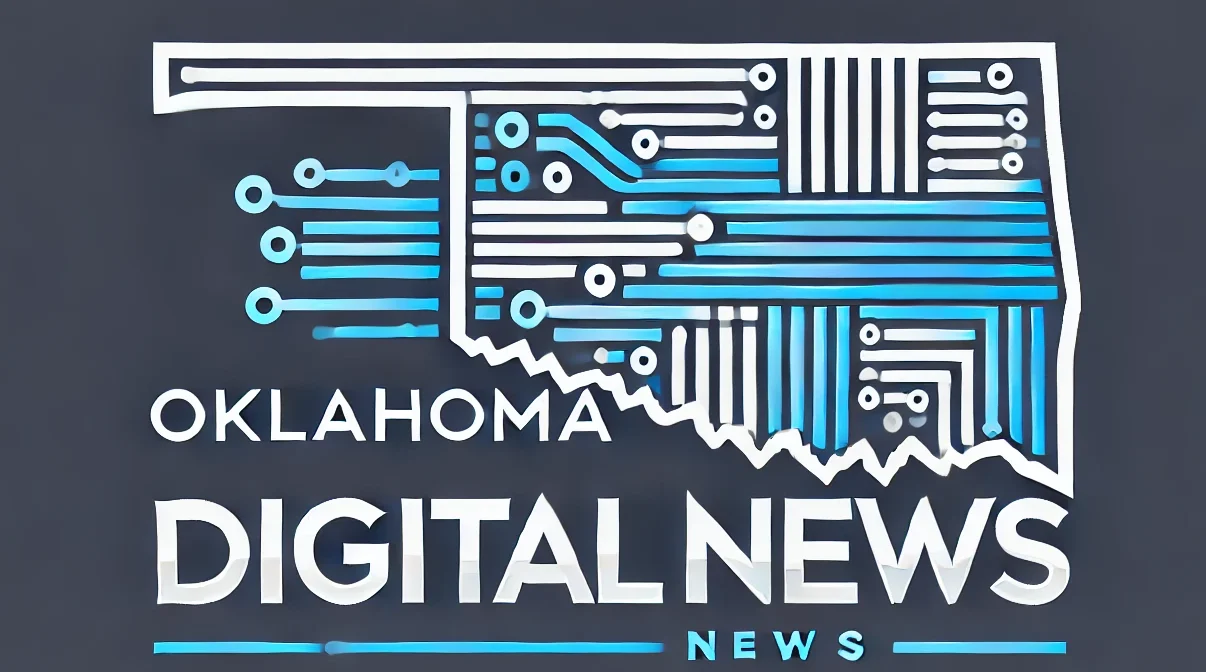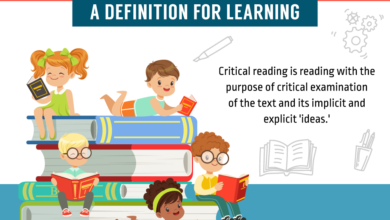School Budgets Don’t Meet Instructional Need, Survey Says

All school leaders agree that school budgets are far too low, and this makes effective education harder than ever. In other words, school budgets directly impact the quality of education, but for school leaders, it’s not as easy as managing a budget like you do for personal finances. Many people don’t realize that school funding is often tied to local taxes, state allocations, and federal grants, which can create disparities between districts. Couple that with little to no control over siloed budgets for things like food services and facilities management, and it makes a hard job even harder. We asked over 250 school leaders questions about how they manage their school budgets, and here’s what we found.
The typical school leader we surveyed:
- Works in an elementary school (52%)
- Works in public school (77%)
- Is a principal or assistant principal (63%)
- Spends under $10,000 per pupil per year (68%)
Limited funding and rising costs make school budgeting difficult to accomplish
My biggest concern is the inability to provide resources for our students. We need more materials. We need more Instructional Aides to support more student needs. If we do not have the finances to provide, our students are not getting the best education. —Indiana school principal
- 56% of respondents reported that their school’s budget has either decreased or remained the same since 2020, while 34% saw a small increase.
This means that most schools are operating on stagnant or shrinking budgets, making it difficult to cover rising costs. With inflation driving up expenses for salaries, technology, and student services, many schools are forced to cut corners or delay necessary investments in education.
- 29% cited inflation as a primary factor behind budget constraints, with many noting that costs for staffing, technology, and student services are outpacing funding.
Inflation impacts nearly every aspect of school operations, from purchasing textbooks to paying teachers competitive salaries. When funding does not keep up, schools must make tough decisions about where to allocate resources, often at the expense of students’ education quality.
- 48% of schools reported changes in funding due to shifts in student enrollment, leading to unpredictable budget fluctuations.
Changes in enrollment can lead to unexpected funding shortfalls, especially in states where school budgets are tied to student attendance. This unpredictability makes it challenging for schools to plan long-term improvements and maintain stability in staffing and programs.
The majority of school budget allocation goes to teacher salaries
- 69% of school leaders put most of their budgets toward teacher salaries.
If you only learn one thing about what school leaders in the United States worry about, wish for, dream of, and have nightmares about, it’s teacher salaries. This matters because it highlights the tough financial decisions school leaders face. With limited funding, they prioritize teacher salaries because they know that the quality and quantity of educators has the greatest impact on student success. While this allocation may leave fewer resources for materials, technology, and support programs, it reflects a commitment to investing in the people who directly shape learning every day. Understanding this helps underscore the need for increased school funding to better support both educators and the resources they rely on.
School leaders don’t have enough input or authority around budget allocation

There are many factors we have no control over (like the cost per teacher and building maintenance costs). With the very small amount we have left over, we can make a few site-based decisions, but once we are done covering mandatory costs, our choices are very limited due to the lack of money left over. —Iowa school principal
- 33% of respondents stated they have some say in budget decisions, but it does not always cover all their needs.
While some school leaders have input in financial decisions, it is often limited by overarching district policies. This gap between decision-making power and financial realities creates frustration and limits schools’ ability to respond effectively to student needs.
- 45% said their budgets were primarily determined by school districts or boards, limiting direct input from principals and administrators.
Centralized budget control can mean that decisions made at higher levels may not reflect the specific challenges of individual schools. This can lead to misallocated funds that do not directly support classroom instruction or student programs.

- 17% reported cutting teacher salaries and classroom materials due to budget reductions.
Reductions in instructional spending directly affect the quality of education. When teacher salaries are frozen or cut, it becomes harder to attract and retain quality educators. Additionally, fewer classroom materials mean fewer resources for students, which can hinder learning outcomes.
There is a general public misunderstanding when it comes to school budgets
I wish more people understood the restrictions on different accounts. Most of the time the school board presents an overall budget. It looks like a lot of money, but it is how the money is allocated (or allowed to be allocated per the state) that is the issue. The rules and regulations on the money do not allow us to just move the money around. If we did have savings in one area, it doesn’t mean it can be given to another area to purchase items. —Indiana school principal
- 41% of school leaders believe the public does not fully understand how school funding is allocated, particularly regarding restricted-use funds.
Many people assume that if a school receives additional funding, it can be spent freely. However, much of this money is earmarked for specific programs or infrastructure projects. This misunderstanding can lead to frustration among parents and community members who do not see direct improvements in classroom conditions.
- 35% of respondents cited misconceptions about capital project funding, noting that new school buildings or renovations do not necessarily indicate an increase in operational funding.
When schools construct new buildings, it is often through long-term bond measures or separate capital funds, which do not increase day-to-day budgets. This can create a perception that schools are well funded while they struggle to cover basic operational expenses.
Many school leaders are concerned about educational policies
My biggest worry is that the federal or state government is going to significantly cut spending for public schools and reallocate that money for charter schools and student choice. Our public school will end up paying for students who have never set foot on our campus, or we must make concessions to what we do to accommodate them. —Ohio school principal
- 40% of respondents expressed concern over political and policy-driven budget changes, including the expansion of school voucher programs and privatization efforts.
As policymakers debate the future of public education funding, schools face an uncertain financial landscape. The shift toward school choice and privatization could divert funds away from traditional public schools, impacting their ability to provide comprehensive services to all students.
If we see a privatization of public schools, they may become the next generation of alternative schools serving the poorest and most difficult populations that don’t have many other options. This includes our Special Education populations that charter schools and many private schools cannot service. —Arizona school principal
- 26% reported funding shifts due to state or federal government decisions, creating uncertainty in long-term financial planning.
When funding priorities change at the state or federal level, schools must rapidly adjust their budgets, sometimes resulting in unexpected cuts. This unpredictability makes it difficult to maintain stable staffing and programming over time.
Here’s how school leaders are adapting to school budget circumstances
They’re seeking alternative revenue sources
- 66% of schools rely on grants as a critical funding source.
With traditional funding sources proving insufficient, schools are increasingly turning to grants to fill financial gaps. While grants can provide essential support, they are often competitive and not guaranteed year to year.
- 50% have turned to fundraising events to supplement operational budgets.
Fundraisers, such as auctions and community events, have become necessary for schools to afford extracurricular programs and essential supplies. However, relying on community donations places an additional burden on families and educators to secure funding for basic needs.
- 39% reported partnerships with local businesses and community organizations as a strategy to secure additional funding.
Schools are forming creative partnerships with businesses and local organizations to fund technology upgrades, after-school programs, and facility improvements. While these partnerships help, they are not a substitute for consistent, equitable government funding.
They are prioritizing allocations
- 44% of school leaders said they would prioritize instructional costs, such as teacher salaries and classroom materials, if they received a budget increase.
Investing in teachers and classroom resources has a direct impact on student achievement. Schools recognize that prioritizing instructional spending can improve educational outcomes and teacher retention.
- 25% would direct additional funds toward student services, including counseling and special education.
The growing need for mental health and special education services means that many schools are struggling to meet student needs. More funding in these areas would allow schools to hire additional counselors and specialized educators.
- 12% of schools have allocated more resources to technology investments, recognizing the growing need for digital learning tools.
As education becomes increasingly reliant on technology, schools must ensure students have access to updated devices, software, and internet connectivity. Digital access is crucial for preparing students for future careers and closing equity gaps in education.
What’s on the horizon for school leaders?
We will do our best to survive. I am hopeful that school budgets will remain stable. However, schools certainly could do more with a healthier budget that allotted funding for building maintenance, extracurricular activities, and upkeep of technology. —Hawaii vice principal
While funding constraints remain a significant challenge, school leaders are actively seeking solutions through advocacy, alternative revenue streams, and strategic spending adjustments. Understanding the realities of school budgets—and working together to address them—will be essential for ensuring students and educators have the resources they need to succeed.
Our friends at Staples Business Advantage want you to know that they understand how hard it is to make your school budget meet your school needs—that’s why they promise:
- Fast Delivery: Get everything your school needs before the 3PM bell. Next day delivery available to over 98% of the US.
- One Stop Shopping: You’ll find everything to supply your school (not only office supplies), including top brands across janitorial, furniture, tech, breakroom & more.
- Less Paperwork & Improved Buying Power: Staples Business Advantage has publicly solicited and awarded contracts with top education cooperatives to eliminate the RFP process and provide you with the buying power of thousands of schools.
- Expert Assistance: You’ll be assigned an expert who understands the specific needs of schools.
You’ve got everything to gain, go find out more at Staples Business Advantage.
Source link




